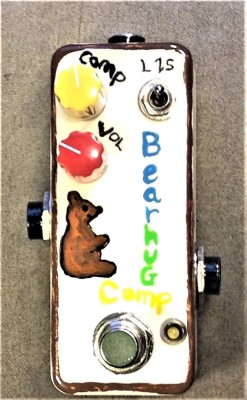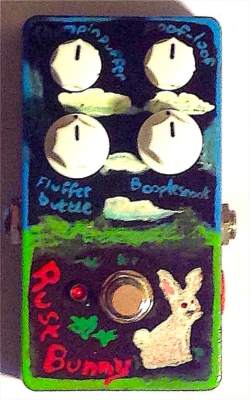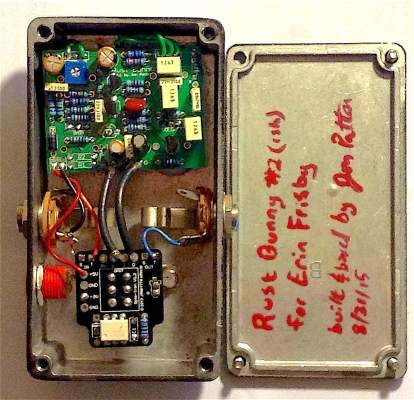These were all taken from Skynet, which uses a set of robotically-controlled telescopes in the U.S., Canada, Chile, and Australia. We got several minutes of access for our astronomy labs this semester. Most of them are fairly ordinary objects, and I haven't done any color images yet, but I have some time left now that I've gotten all the required images, and I plan to do at least one color nebula photo.
These aren't all the images I got ... the asteroid photos aren't exactly fun to look at (or analyze, holy crap).
Jupiter:

The moons aren't visible when the detail of the planet is, so if you want to see where the moons were in that photo, I labeled them here.
I also got two pictures of Uranus with four of its moons (I got very lucky -- it's hard to get a photo of Uranus), but again, not very exciting to look at.
The fun ones are the deep sky objects!
The crab nebula:

A portion of the giant Carina nebula, with the keyhole visible.

NGC 5128, an eliptical galaxy that consumed a spiral galaxy in its past. This is my desktop image currently! I'm also doing a project on similar galaxies to investigate the rate of star generation. (Consuming another galaxy jumpstarts additional formation.)

And three spiral galaxies, NGC 1365, Messier 66, and Messier 96.



These aren't all the images I got ... the asteroid photos aren't exactly fun to look at (or analyze, holy crap).
Jupiter:

The moons aren't visible when the detail of the planet is, so if you want to see where the moons were in that photo, I labeled them here.
I also got two pictures of Uranus with four of its moons (I got very lucky -- it's hard to get a photo of Uranus), but again, not very exciting to look at.
The fun ones are the deep sky objects!
The crab nebula:

A portion of the giant Carina nebula, with the keyhole visible.

NGC 5128, an eliptical galaxy that consumed a spiral galaxy in its past. This is my desktop image currently! I'm also doing a project on similar galaxies to investigate the rate of star generation. (Consuming another galaxy jumpstarts additional formation.)

And three spiral galaxies, NGC 1365, Messier 66, and Messier 96.

















